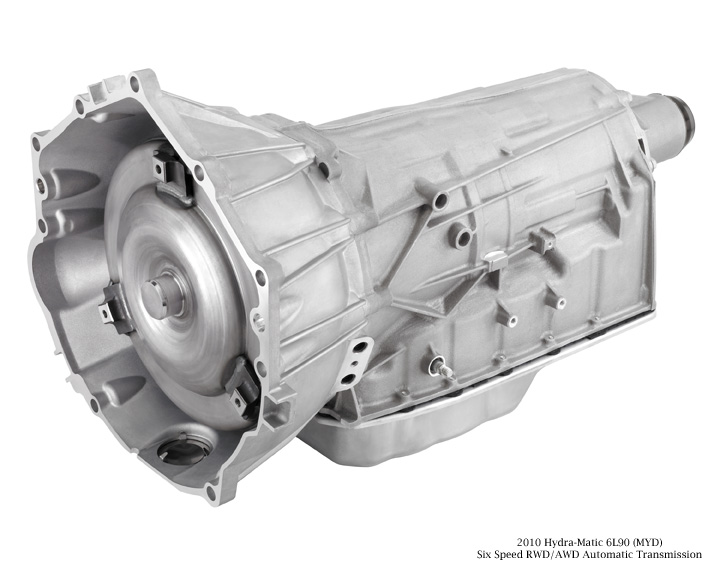I am hard on tires. I enjoy driving safely but accelerating briskly from a stop, and not slowing down for corners. In fact, an ideal passage through a corner is if you hit the apex and just scrub off enough speed to keep the car on track. That process, scrubbing off enough speed, is part of the problem, because it also tends to means shorter tire life.
As I once mentioned to a friend, if the tires are not squealing as you proceed through the corner, you are not challenging the car.
My current 2005 Cadillac CTS 3.6L has the FE1 (soft) suspension, and the same size wheels and tires all the way around, 225/55R16s. The car came with Goodyear tires, which I replaced with some take-off OEM Goodyear tires which then were replaced with some Kumho’s and now I have some Continental Touring tires on it. You begin to see the problem.
Further complicating my planning is that the current performance Cadillacs have staggered wheels/tires, so the rear wheels and tires are larger than the front wheels and tires. So one cannot rotate the tires front to rear, thus extending the life a bit.
But a key issue is that while the tires on the 2005 Cadillac CTS tend to cost around $110 each, modern high performance tires as used on the V-series tend to run $200-250 each. Yes, they are great tires. Yes, they put up great skidpad numbers and help acceleration. Yes, they are expensive. And if you are a frequent tire buyer (which I prefer to tire addict) then the expensive part can come up a lot.
Now, I have considered that part of the problem is in fact the FE1 suspension is not designed for the more sporty driving, but is designed for more comfort. So if I move to a Cadillac that was designed with the expectation of more cornering it perhaps would lead to less tire wear. I keep trying to find comfort in that line of thought at least.
Meanwhile, I probably need to start saving up for new tires.

